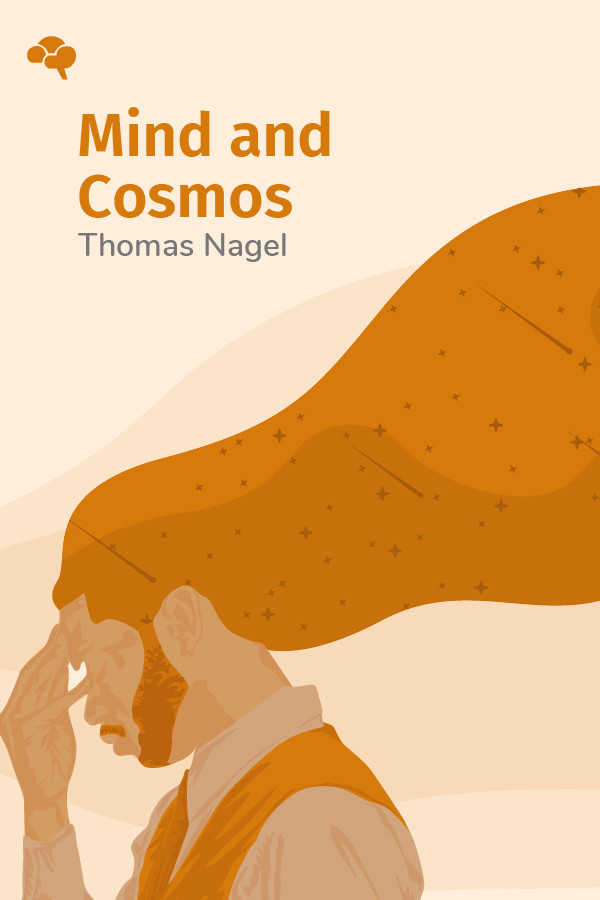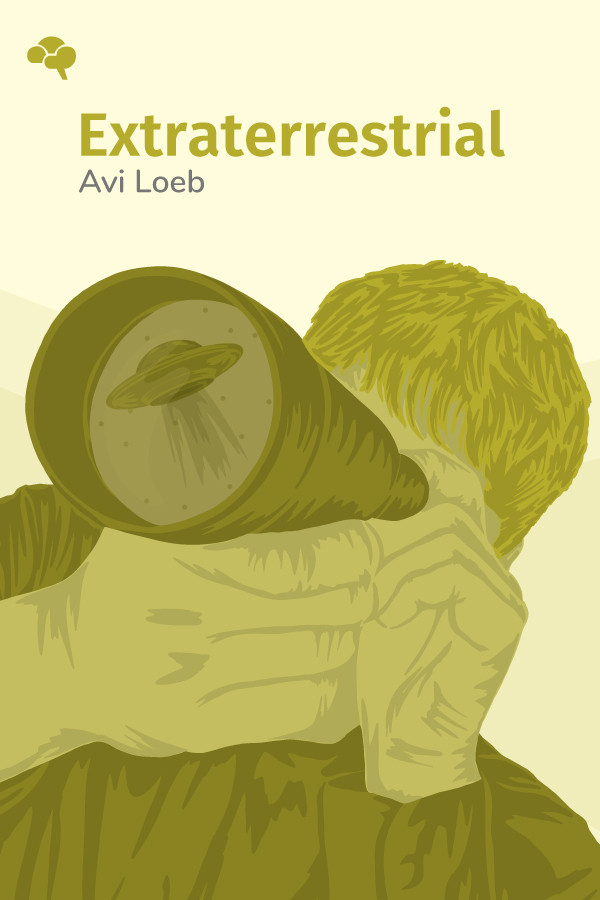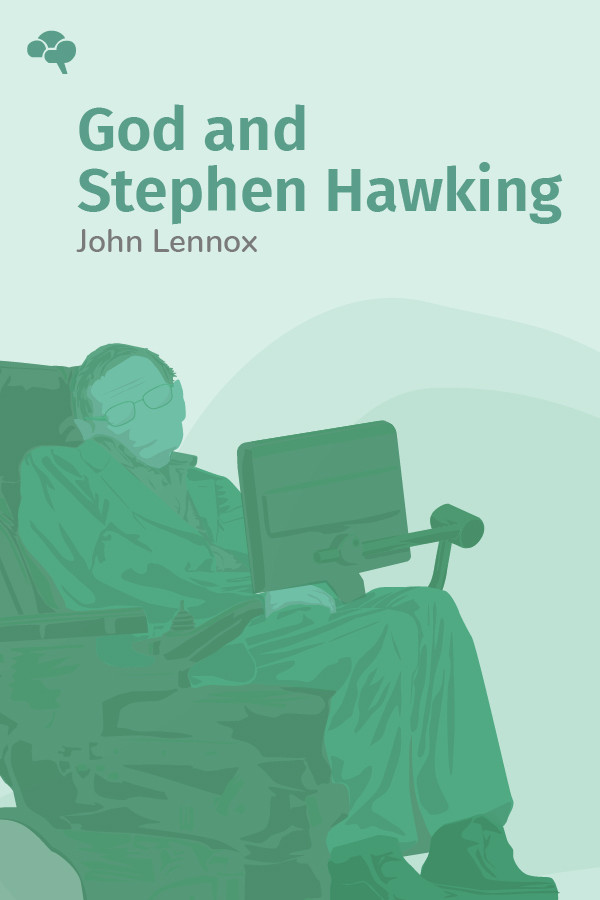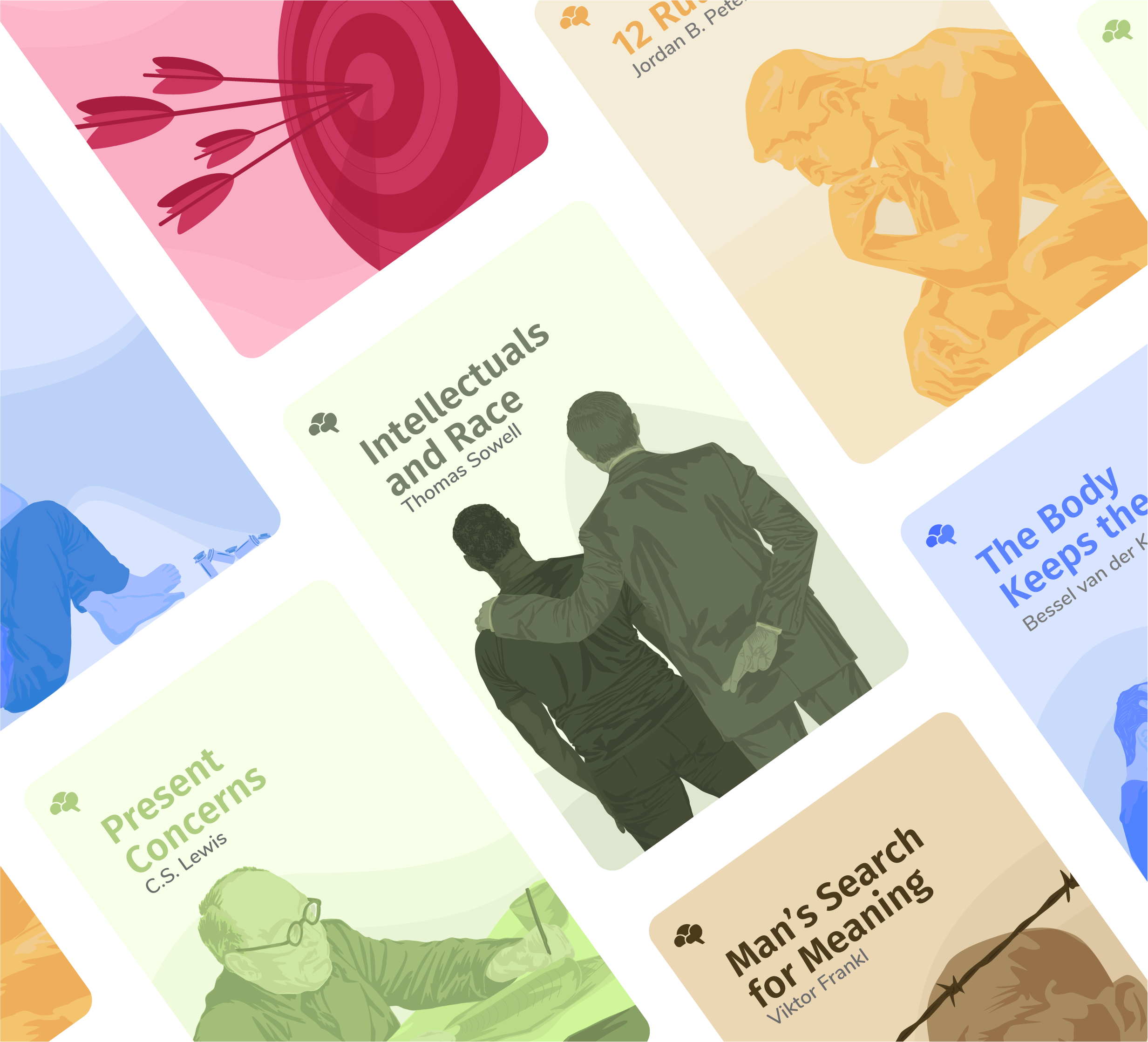Key Insights From:
Something Deeply Hidden: Quantum Worlds and the Emergence of Spacetime
By Sean M. Carroll


Key Insights From:
Something Deeply Hidden: Quantum Worlds and the Emergence of Spacetime
By Sean M. Carroll
What You'll Learn:
What if you really could be in two places at once, or a billion for that matter? The Many-Worlds theory of quantum mechanics strips quantum phenomena of its mystery in exchange for a world of complex beauty—and multiplicity. Composed by the physicist Hugh Everett in 1957, this interpretation of quantum mechanics employs only the absolutely necessary aspects of quantum physics. This simplification of subatomic reality creates a problem, or many problems, in fact. Everett’s interpretation asserts that our world is actually multiple, a conglomeration of every possible interaction between two entangled systems. Theoretical physicist Sean Carroll explores the relevancy of the Many-Worlds interpretation of quantum theory, which opens the curtains of a puzzling universe to reveal many connected realities.
Key Insights:
- Newton’s apple does fall far from the tree—quantum physics differs greatly from classical Newtonian mechanics.
- All probabilities are realities in the Many-Worlds interpretation of quantum theory.
- We are not detached observers of the universe—we are entangled.
- Quantum field theory proves that our world is not fundamental, but emergent from the wave function.
- Reconciling Einstein's theory of general relativity with quantum mechanics is a conundrum—the Many-Worlds interpretation may have an answer.




